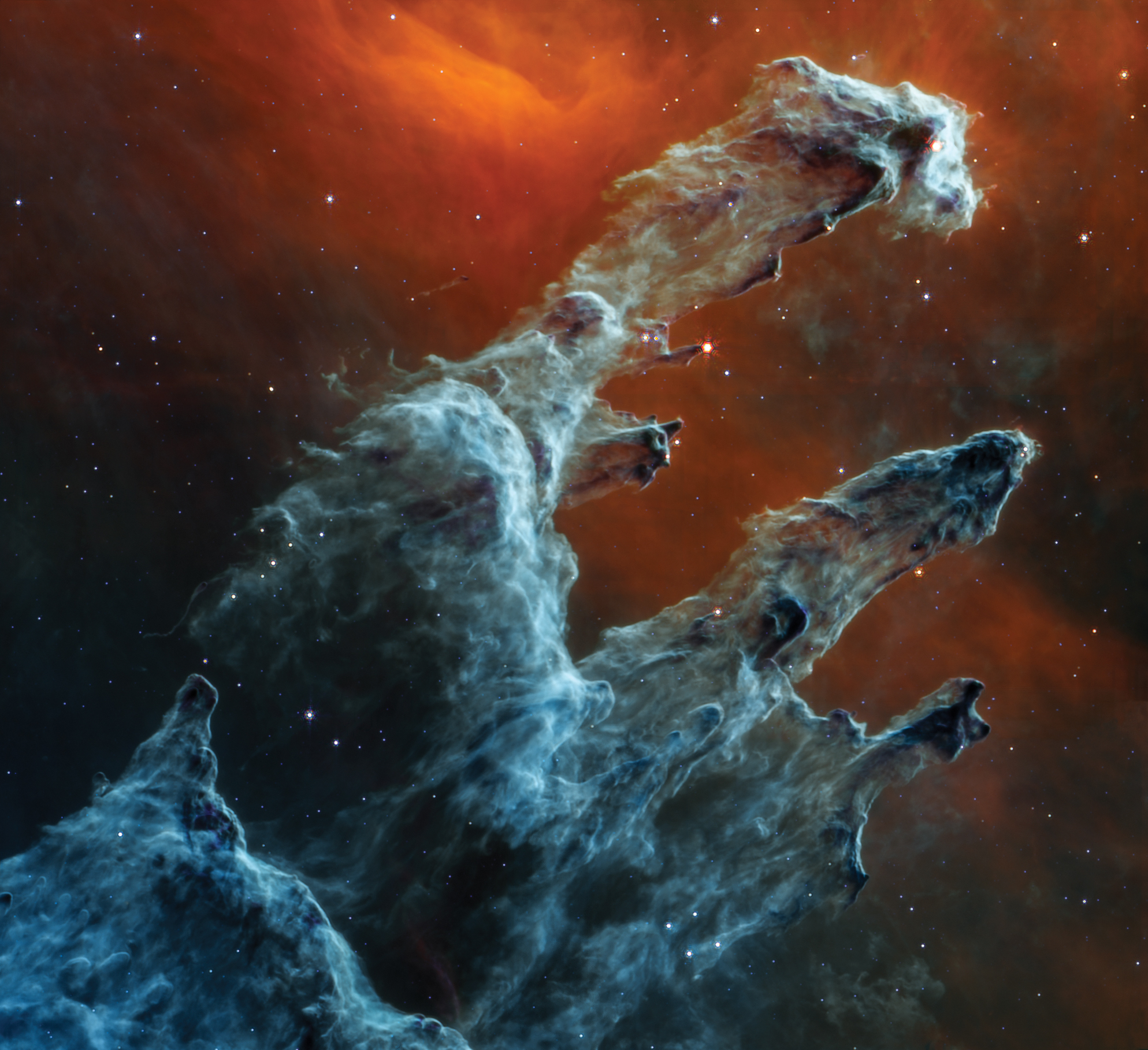10 things you need to know about … our new view of space
It’s likely by now you’ve seen the stunning photos of the universe coming from NASA’s James Webb Space Telescope. The images are bringing new details and clarity to what we know about space. TCNJ grad Knicole Colon ’07, an astrophysicist at NASA’s Goddard Space Flight Center, explains some of the Webb’s key findings. The first […]

It’s likely by now you’ve seen the stunning photos of the universe coming from NASA’s James Webb Space Telescope. The images are bringing new details and clarity to what we know about space. TCNJ grad Knicole Colon ’07, an astrophysicist at NASA’s Goddard Space Flight Center, explains some of the Webb’s key findings.
-
The first photo sent from the JWST was the deepest view of space ever captured. It shows a galaxy cluster that is about 4.6 billion lightyears from Earth. “We’re seeing the most distant objects ever.”
-
The Webb looks at the cosmos in the infrared light spectrum — light the human eye can’t see — giving scientists a peek at things that were once invisible.
-
The colorful galaxies seen are among the earliest ever formed in the universe. “We can use the colors to understand the molecules they’re made of and how they form and evolve over time.”
-
Sing it Beyoncé: Neptune and Jupiter have rings. JWST revealed faint dust bands around each planet.
-
“Knowing how much rock or icy material exists in the rings gives us clues to how much material there is in our solar system in the first place.”
-
Neptune, the notorious blue planet, looks white through the infrared. “This means Neptune is covered in thick clouds found deep in its atmosphere.” Clouds teach us about a planet’s weather.
-
Composite photos from JWST depict Jupiter’s auroras, moons, storms, and distant galaxies all in one image. “Understanding how the Jupiter system works helps us explore the full diversity of planetary systems.”
-
JWST mimicked a 1995 Hubble telescope image of the Pillars of Creation, a part of space where stars form from dense gaseous clouds. “With the new image, we see through gas and dust and view stars that were just born.”
-
The Webb will grab molecular data from exoplanets (planets outside our solar system) to see which ones could support life. “If we see carbon, hydrogen, and oxygen, it remains a viable candidate for habitability.”
-
To see the photos JWST has shared since its launch, check out tcnj.edu/jameswebb. Trust us, they’re out of this world.
Picture: NASA, ESA, CSA, STScI
Posted on February 13, 2023

